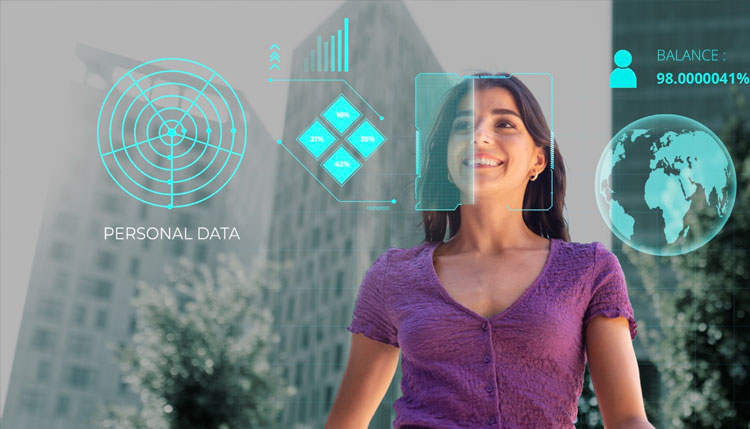
Identity Management in the remote work era
The COVID-19 pandemic has rapidly accelerated the trend towards remote work, with many companies adopting work-from-home policies in order to keep their employees safe. However, with remote work comes new challenges for identity management, as employees are accessing company systems and data from outside of the traditional office environment. This has led to a growing interest in best practices for managing identities in a remote work environment.
According to a report by Global Workplace Analytics, the number of people working remotely in the US has grown by 44% over the past five years, with 4.7 million employees (3.4% of the workforce) working from home at least half the time. In addition, a survey by Buffer found that 98% of remote workers would like to continue working remotely, at least some of the time, for the rest of their careers.
One of the key challenges for identity management in a remote work environment is ensuring the security of company systems and data. With employees accessing these resources from outside of the traditional office environment, there is an increased risk of data breaches and other forms of cyber attacks. This can lead to serious consequences, including loss of sensitive data, financial loss, and damage to company reputation.
To mitigate these risks, companies are adopting a variety of identity management best practices for remote work. One of the most important is the use of multi-factor authentication (MFA), which requires users to provide more than one form of authentication in order to access company systems and data. This can include something they know (such as a password), something they have (such as a token or smart card), or something they are (such as a fingerprint or facial recognition).
According to a survey by Duo Security, 93% of all data breaches could have been prevented with the use of MFA. In addition, the same survey found that companies using MFA experienced 99.9% fewer account takeovers than those that did not use MFA. Another important best practice for identity management in remote work is the use of virtual private networks (VPNs) to secure communications and data transfer between employees and company systems. VPNs provide an encrypted connection between the user’s device and the company network, preventing eavesdropping and other forms of cyber-attacks.
According to a survey by Gartner, the use of VPNs increased by 33% during the first quarter of 2020, as companies rushed to secure their remote work environments in response to the COVID-19 pandemic. However, there are also challenges associated with the use of VPNs, including potential latency issues and the need for strong encryption and authentication protocols to ensure security.
Another important best practice for identity management in remote work is the use of access controls and permissions to limit employee access to sensitive data and systems. This can help to prevent unauthorized access and data breaches, and can also help to ensure compliance with industry regulations and data privacy laws. According to a survey by Okta, companies using access controls experienced 91% fewer security incidents than those that did not use access controls.
In conclusion, identity management in the age of remote work presents new challenges and opportunities for companies seeking to ensure the security and privacy of their systems and data. By adopting best practices such as multi-factor authentication, VPNs, and access controls, companies can mitigate the risks associated with remote work and provide a more secure and efficient environment for their employees. For more information, please visit www.trueid.in











